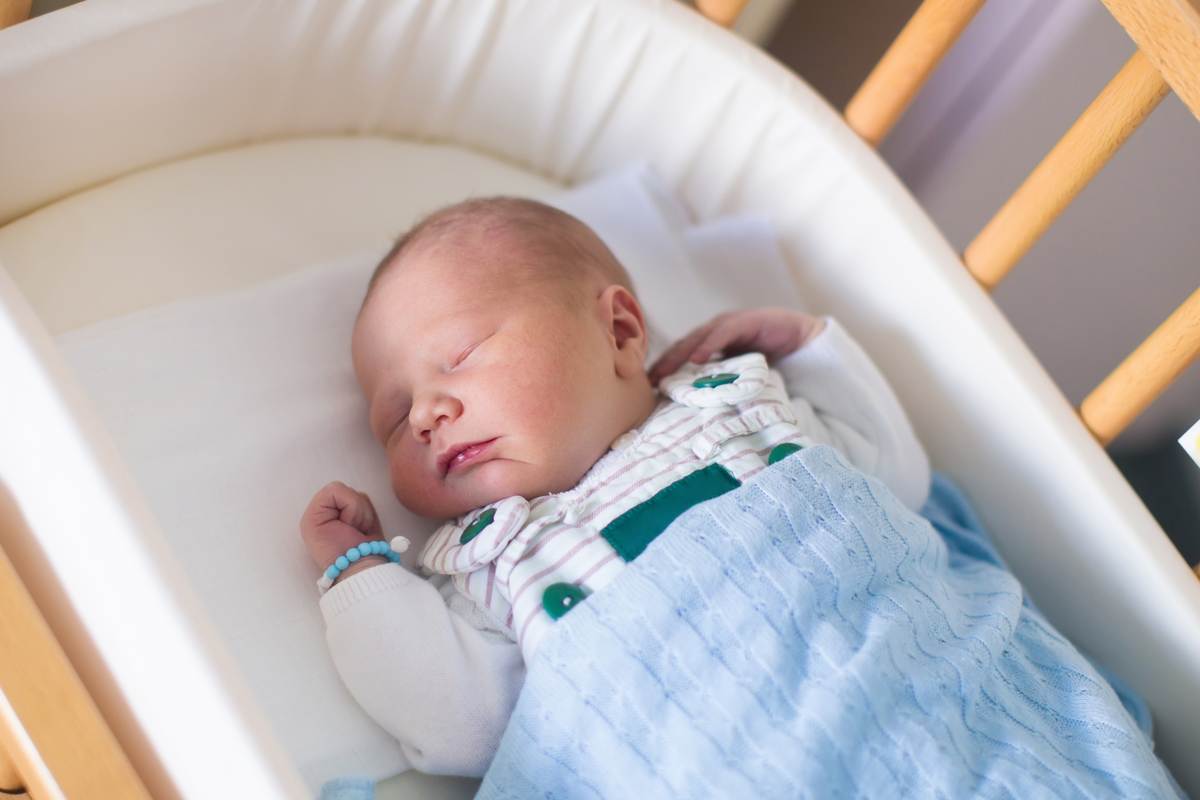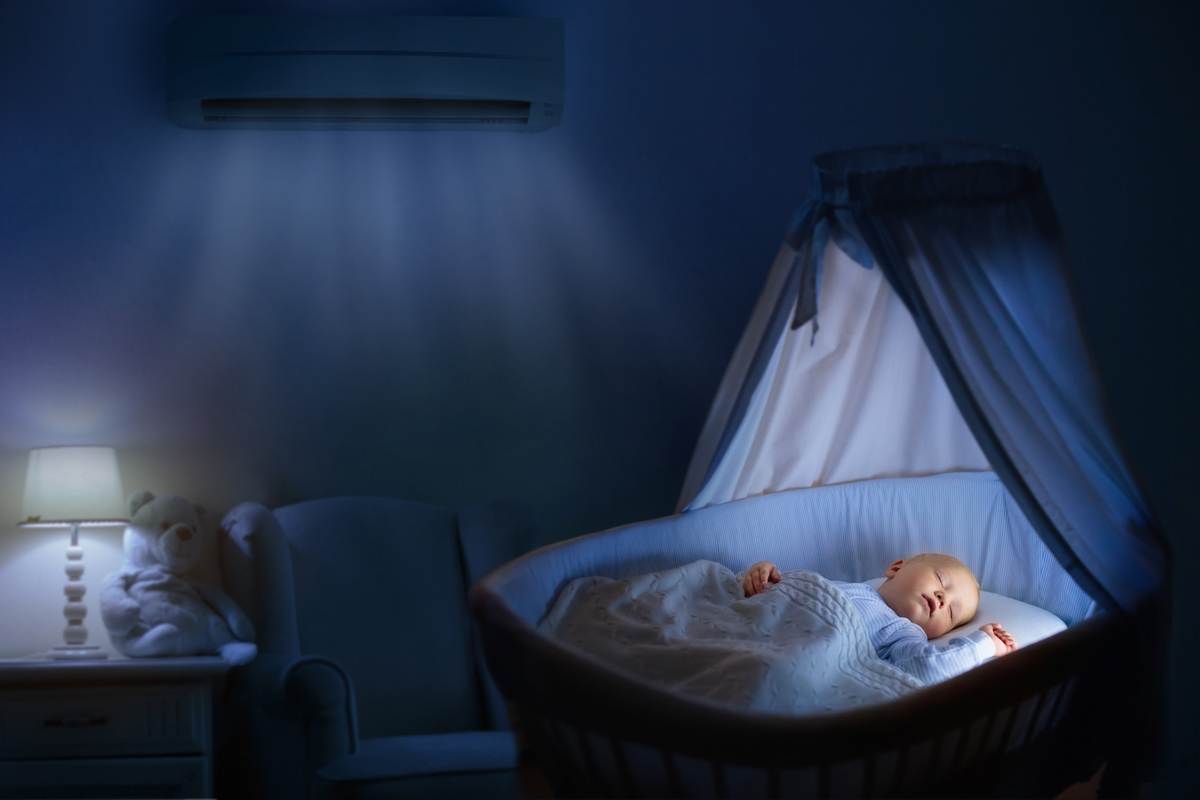Creating a Safe Sleep Environment: Dos and Don'ts
Things you should and shouldn't do in order to create a safe sleeping environment.

Ensuring your baby has a safe sleep environment is crucial for their health and well-being. By following a few key guidelines, you can reduce the risk of sudden infant death syndrome (SIDS) and other sleep-related issues. Here are the essential dos and don'ts for creating a safe sleep environment for your baby.

Do Place Your Baby on Their Back to Sleep
- Always place your baby on their back to sleep for every sleep, including naps. This position significantly reduces the risk of SIDS.
Do Use a Firm, Flat Sleep Surface
- Ensure your baby sleeps on a firm, flat mattress with a fitted sheet. Avoid soft surfaces like sofas, armchairs, or cushions.
Do Share a Room
- Keep your baby’s cot in your room for at least the first six months. Room sharing reduces the risk of SIDS by up to 50%.
Do Ensure a Comfortable Room Temperature
- Keep the room at a comfortable temperature, ideally between 16-20°C. Overheating can increase the risk of SIDS.
Do Breastfeed if Possible
- Breastfeeding is associated with a reduced risk of SIDS. If possible, breastfeed your baby to provide additional protection.
Do Use a Dummy if Your Baby Accepts It
- Offering a dummy at nap time and bedtime can help reduce the risk of SIDS. However, if your baby doesn’t want it, don’t force it. If the dummy falls out during sleep, there’s no need to reinsert it.

Don’t Use Loose Bedding or Soft Toys
- Avoid placing pillows, quilts, duvets, soft toys, or bumper pads in the cot. These items can increase the risk of suffocation and overheating.
Don’t Cover Your Baby’s Head
- Keep your baby’s head uncovered during sleep. Use baby sleep bags or tuck blankets no higher than shoulder level to avoid covering their face.
Don’t Smoke Around Your Baby
- Avoid smoking during pregnancy and around your baby. Exposure to smoke increases the risk of SIDS.
Don’t Sleep with Your Baby on a Sofa or Armchair
- Never fall asleep with your baby on a sofa or armchair. This is extremely dangerous and increases the risk of suffocation.
Don’t Rely on Sleep Positioners or Wedges
- Avoid using sleep positioners, wedges, or other products that claim to reduce the risk of SIDS. These items can be dangerous and are not recommended by health authorities.

Regularly Check Your Baby
- Check your baby’s position regularly to ensure they haven’t rolled onto their side or tummy.
Create a Smoke-Free Zone
- Ensure your baby’s sleep environment is completely smoke-free. This includes the room they sleep in as well as the entire home.
Swaddle Safely
- If you choose to swaddle your baby, do it safely. Make sure the swaddle is snug but not too tight, and always place your baby on their back to sleep. Stop swaddling once your baby shows signs of rolling over.
Maintain Regular Health Check-Ups
- Keep up with regular health check-ups to monitor your baby’s growth and development. Discuss any concerns about sleep with your healthcare provider.
Final Thoughts
Creating a safe sleep environment for your baby involves a combination of following recommended practices and staying vigilant about potential hazards. By adhering to these dos and don’ts, you can provide a secure and comfortable sleep space for your little one, giving you peace of mind and helping your baby rest safely.
For more detailed information and guidance, visit the NHS guide on safe sleep for babies.

Article written by
Jodie Harthill
Being a parent is the greatest thing in the world. It can also be the hardest. I'm here to share my experience (with two fully grown children) and try and make it that bit easier for you.